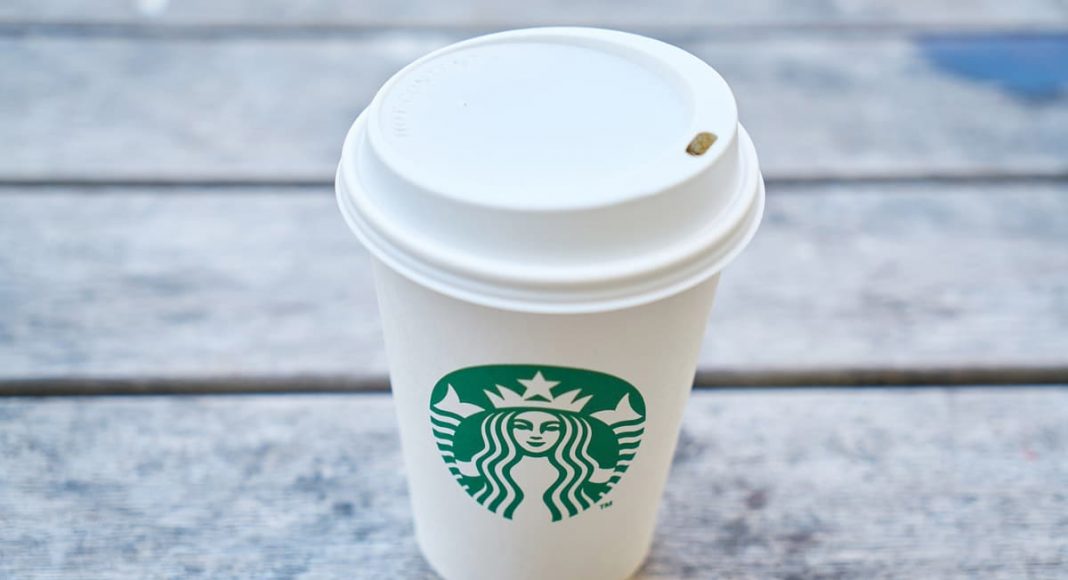Marijuana retail shops are more profitable than the average Starbucks store if only if they were taxed the same way as traditional retailer, according to a report published by Arcview Market Research. But these companies are not
The report, titled “Cannabis Retail: The $23 Billion Opportunity,” is based on data analysis from BDS Analytics’ GreenEdge point of sale data. the study demonstrates the revenue potential for the nascent industry, while at the same time highlighting the largest obstacle to profitability: the federal government’s arcane tax laws. According to the study, cannabis retailers could average a 12 percent after-tax profit margin, which is in line with the profit margins of specialty retail stores like Starbucks.
“This report shows that retail cannabis could be as big as the iPhone. It’s clearer than ever that there is a pot of gold at the end of the rainbow for those investors and operators who are willing to deal with the uncertainties and difficulties of current regulations,” said Arcview CEO Troy Dayton.
-
Related Story: How Cannabis Is Supporting Washington State’s Retail Sector
“Cannabis stores are unlike anything the retail world has seen since big-box stores wiped out much of the specialty store business in the 1990s,” said Tom Adams editor in chief of Arcview Market Research Editor. “And because of federal prohibition, publicly traded retail companies are just going to have to stand aside while entrepreneurs pursue this unique retail opportunity.”
Section 280e of the Internal Revenue Code is the regulation hamstringing cannabis businesses. The rule disallows businesses that are related to “the trafficking of Schedule I or II substances” to deduct ordinary business expenses aside from the Cost of Goods Sold (COGS). Even though cannabis is legal for sale in eight states, cannabis is still considered a Schedule I substance at the federal level. Thus, for every cannabis transaction, any payment made is subject to tax without the ability to deduct ordinary business expenses.
The rule was put in place to target illegal drug traffickers, giving the federal agencies a financial avenue to wage the war on drugs. It clearly was not intended to apply to legal marijuana operations. But the IRS is not backing down. And until it does, cannabis businesses will continue to struggle.
Other findings in the report include:
- Adult-use markets will be nearly twice the size of the medical market by 2021, with $14.9 billion in sales.
- Dispensaries have average per-store revenues close to $2 million.
- The $6.7 billion legal North American market is only 12 percent of the $56.1 billion overall cannabis marketplace.


